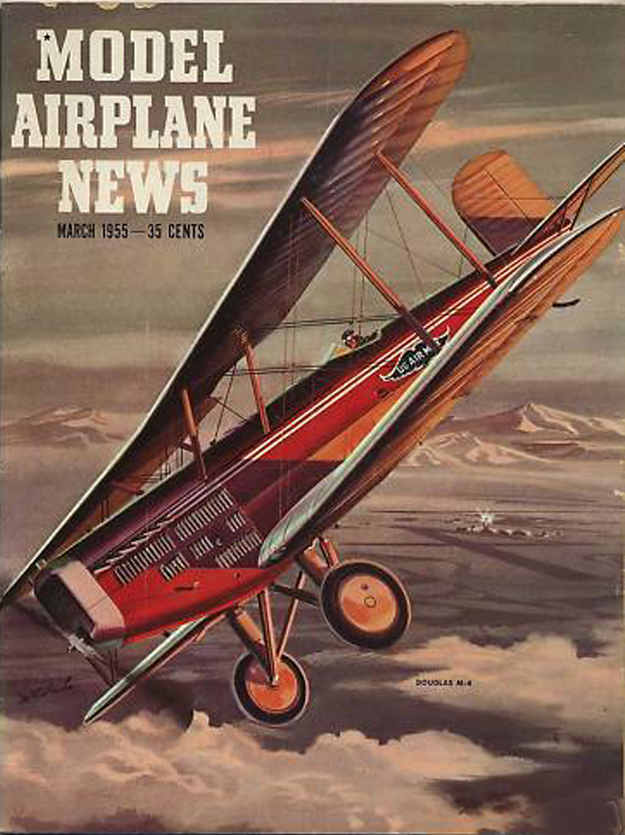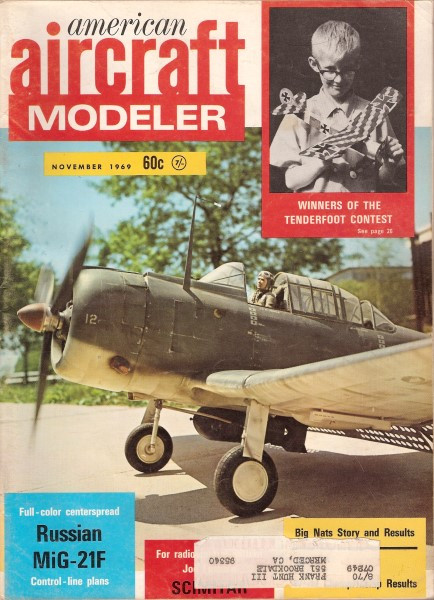
He was known for his hard work and relentless planning. Army Air Forces, and served as a logistics liaison for the Doolittle Raid. During World War II, he was commissioned as a colonel in the U.S.

He was shot down and captured by the Germans, serving out the remainder of the war in a POW camp.įrom 1919 until 1921, Cooper was a member of a volunteer American flight squadron, the Kosciuszko Squadron, which supported the Polish Army in the Polish-Soviet War. His biography is of interest to both aviation enthusiasts as well as film buffs, so you'll forgive a brief digression here.Ĭooper was a DH-9 bomber pilot during World War I. He was a pioneer in the use of aircraft, military and civilian, as well as a motion picture innovator. Cooper, the producer of Flying Down to Rio and a founding member of the Board of Directors of Pan_AM, who served for decades. It turns out that there are some very important concepts at play here that might tickle your intellectual fancy.īriefly, the film is an extended commercial for Pan-Am ( Pan American Airways, now defunct). This is all very nice, but you are probably wondering why we are taking up space with this discussion. Here is a short film that explains how the sequence was made.

Thus, the girls could be safely mounted on stationary airplanes and photographed against a background of Rio to give the illusion that they were actually airborne. He invented technology that allowed him to merge two images on a frame by frame basis while controlling for focus, lighting and other factors. Dunn created startling effects for landmark cultural influences from King Kong through the original Star Trek series. (1904-1998), an Academy Award-winning pioneer of visual special effects in motion pictures and inventor of related technology. These visual effects were the work of Linwood G. Without further ado, here is the "Aerial Ballet" or the "Skyshow." Although the sequence was filmed with "trick photography" the airplanes used are actually real and will be identified in just a bit. In case you haven't seen the film, here is the trailer:Īlthough many megabytes have been written about the film, there is very little information about the "Aerial Ballet". However, it is also famous for the "aerial ballet" in which an entire musical number with scantily clad chorus girls is staged on the wings of airplanes flying high over Rio De Janeiro. The 1933 film Flying Down to Rio is most famous for the first pairing of Ginger Rogers and Fred Astaire. Here we go - Fred, Ginger, the Carioca, The Russo-Polish War, Pan Am, Clipper travel, Special Effects, Elephant Stampedes, King Kong, Amelia Earhart, the Doolittle Raid, and John Wayne all in one stretch of the imagination. Jo Kotula revisited this airplane in the "Box Art" for the Aurora kit for the Douglas M-2 Mailplane.Īurora Plastic Model of the Douglas M-2 MailplaneĬlick Here for more information about the Douglas M-2 Mailplane.Ĭlick to go back and select another cover.Ĭounter for the Entire Site (not just this page.The Backstory of Flying Down to Rio Flying Down to Rio With the introduction of three-engined aircraft types from 1928 the Douglas mailplanes were withdrawn from service, some were sold but most were scrapped. One M-4 was also bought by Western Air Express and this was designated the M-4A. The M-4 had a new longer span wing and the Post Office converted some of the M-3 order to be built as M-4s. Douglas then re-designed the M-3 to try and increase or double the payload and the new aircraft was deisgnated the M-4.

The M-3 had only minor differences from the M-2. Just before Western Air Express introduced the aircraft into service (in April 1926 from Los Angeles to Salt Lake City) the Post Office ordered 50 aircraft designated M-3 for its major route network. ( This is the version shown on the cover) It also had the provision to carry a passengerinstead of mail in the front cockpit. When the Contract Air Mail (CAM) routes were introduced the newly formed Western Air Express Company (later Western Airlines) ordered six mailplanes with the designation M-2. The company modified an O-2 by covering over the forward cockpit to make a mail compartment and moving the pilot into what had been the Observers cockpit. In 1925, it placed an order with Douglas for a replacement aircraft based on the Douglas O-2 observation biplane. The United States Post Office began air mail service in 1918 mainly using variants of World War I biplanes. The aircraft were used to run the main routes of the United States Air Mail service until the introduction of three-engined aircraft in 1928. The Douglas mailplanes were a family of 1920s American single-seat mail planes designed and built by the Douglas Aircraft Company. Model Airplane News Cover Art for March, 1955 Model Airplane News Cover for March, 1955 Model Airplane News


 0 kommentar(er)
0 kommentar(er)
